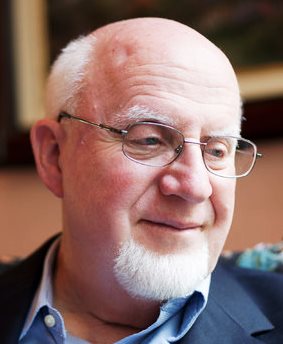
Matthew in particular includes sayings of Jesus that affirm a future role for the Son of man as judge, a role based on a vision in Daniel 7 (Matt. 10:23; 13:41; 24:27-30, 37, 39, 44:16:27-28; 19:28). This end-of-the-world function remains a future event for the most part, but arguably it has broken into ongoing history already at least once–when Jesus came via the Roman armies and executed judgment on faithless Jerusalem and the religio-political establishment of which Caiaphas was both creator and creature.
Several explicit sayings of Jesus seem to require their own fulfillment within decades at the latest. The disciples will not finish going through the towns of Israel before the Son of man comes (Matt. 10:23). Some standing then in Jesus’ presence will not die before they see the kingdom of heaven come with power (16:28), but Peter might suggest this fulfillment in Jesus’ Tranfiguration (2 Peter 1:16-18). Although some Son-of-man “judgment” texts seem to refer to the Temple’s destruction in A.D. 70, others appear to await realization in a historical end of the present material cosmos.
However the specific prophetic texts are parsed, we must not allow A.D. 70 events to swallow up all the diverse end-time language of the New Testament. The well-established grammar of apocalyptic discourse is adequate for describing both things present and things to come. On this subject as on many others, scripture covers both the Already and the Not Yet, and faithfulness to our Lord, the Son of man, compels us constantly to seek the point of constructive balance between the two.